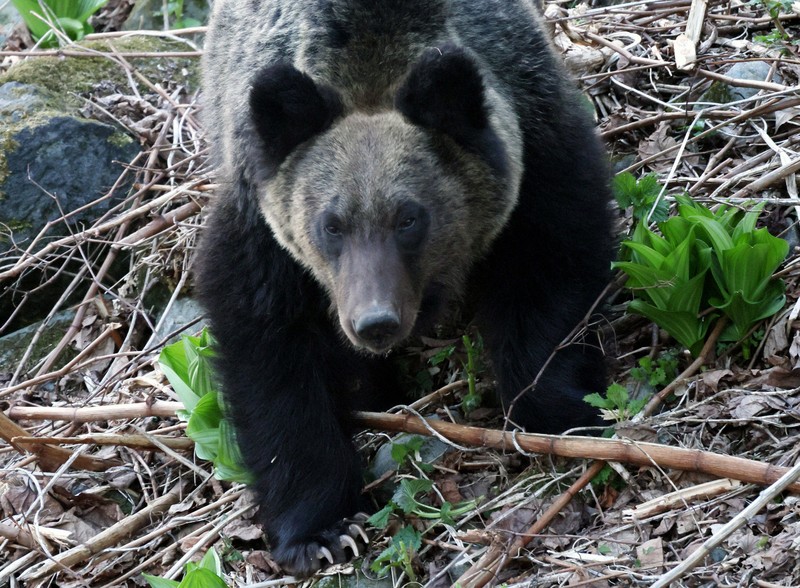First Decline in Hokkaido Brown Bear Population Since 1991

Decline in Brown Bear Population in Hokkaido
The population of brown bears in Hokkaido has seen a significant decrease, with an estimated 11,600 bears recorded at the end of 2023. This represents a drop of 500 from the previous year, marking the first decline since population tracking began in 1991. The reduction is largely attributed to an increased number of captures during fiscal 2023, with 1,804 bears being relocated or removed.
The Hokkaido Prefectural Government has set a long-term goal of capturing 1,254 bears annually through 2034. The objective is to reduce the overall population to approximately 8,220 by that year, aiming to restore conditions similar to those before brown bear sightings became a social concern. These measures are part of broader efforts to manage human-bear interactions and ensure public safety.
At a recent meeting of the prefectural assembly's environment and lifestyle committee on August 5, the brown bear countermeasures office provided detailed insights into these figures. The population estimates were calculated using a dynamic model developed by the Hokkaido Research Organization. As of the end of 2022, the population had already been revised downward by 100 from the previous year’s estimate, indicating ongoing adjustments in monitoring methods.
Regional Distribution of Brown Bears
The distribution of brown bears across different regions of Hokkaido shows considerable variation. The Hidaka and Yubari areas have the highest concentration, with 4,060 bears reported. Eastern Hokkaido and the western Soya region follow closely with 2,250 bears each, while the Oshima Peninsula hosts 2,120 individuals. These regional differences highlight the need for localized strategies to address bear-related challenges effectively.
Recent Incident and Response
A tragic incident occurred on July 12 when a man was killed in a bear attack in the town of Fukushima on the Oshima Peninsula. This marked the first-ever brown bear warning issued by the prefectural government. Despite multiple bear sightings in the days leading up to the attack, no advisory had been issued, raising concerns about the effectiveness of current alert systems.
In response, the government plans to review its warning procedures after consulting with local municipalities and experts. This evaluation aims to improve communication and ensure timely alerts in the event of potential threats.
Managing Human-Bear Conflicts
The brown bear countermeasures office has emphasized that bears attracted to garbage or crops often lead to conflicts with humans. To mitigate these issues, the office has called for better management of attractants such as food waste and agricultural products. Additionally, it recommends clearing undergrowth to create environments less appealing to bears, thereby reducing their presence near populated areas.
Efforts to manage brown bear populations and minimize human-bear encounters are crucial for maintaining both public safety and ecological balance. Continued collaboration between government agencies, local communities, and wildlife experts will be essential in addressing these challenges effectively.

Comments
Post a Comment